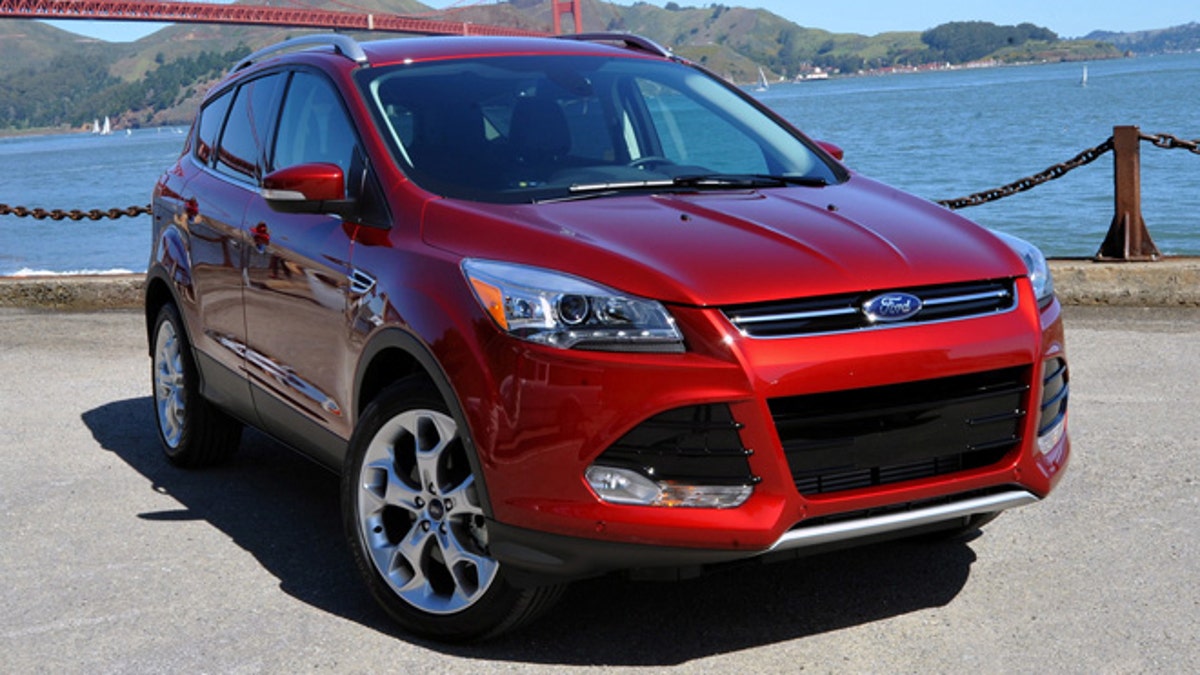
89,000 2013 Ford Escapes were recalled for fire risk. (Copyright 2012)
There's been a lot of talk about recalls lately, thanks in part to General Motors' "Switchgate" fiasco. But Switchgate is an anomaly: most recalls are so modest in size and scope, they can pass by nearly unnoticed. And that's a big problem.
A recall is the result of a three-step process. It begins with a full investigation of the potential problem, then continues with an engineering analysis of the affected vehicles. At any point along the way, the National Highway Traffic Safety Administration can pull the plug.
In other words, if a vehicle makes it to the third stage of the recall process -- the actual recall -- it has some fairly serious flaws. And yet, a significant number of owners never bother to get their recalled vehicles fixed, even though the repairs are almost always free of charge. (To be fair, rental car companies aren't so great at managing recalls, either.)
How great a risk do recalled vehicles pose to their owners? The Highway Loss Data Institute (HLDI) wanted to find out, so between 2007 and 2012, the organization conducted a study. The study focused on vehicles eight years old and younger, all of which had been recalled for fire-related defects like electrical and fuel system flaws.
What the HDLI found was that the number of fire-related claims for those vehicles dropped significantly after recalls were issued, but didn't fall to zero. (It should be noted that HDLI focused on non-crash fires, which were likely caused by the underlying recall defect, rather than crash fires, which could result from other causes.)
Specifically, the HDLI found that, prior to recalls being issued, the owners of defective vehicles filed non-crash fire damage claims 23 percent more often than owners of other vehicles. Which (a) seems pretty significant and (b) makes you wonder why all those other cars are bursting into flames.
After the vehicles were officially recalled, their non-crash fire damage claim rate was still 12 percent above average. In other words, the recalled vehicles were still catching fire 12 percent more frequently than the general population of cars. Which means that (a) the fire-related defects on those vehicles were significant and yet (b) some owners still weren't taking their cars in for repairs. Why? We don't know.
HLDI Vice President Matt Moore sums it up nicely: "This study shows that recalls are issued for a reason and they are effective at reducing risk. When you get a recall notice, don't put off the repairs."